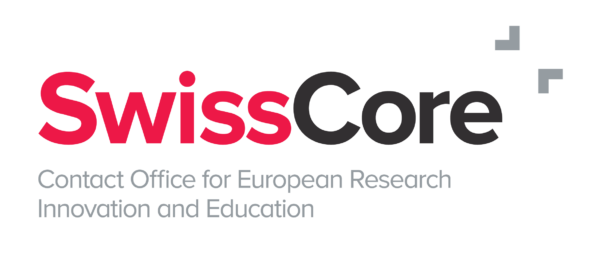The EC presented its global approach to R&I. Based on openness by default and common principles; the strategy also presents measures to protect EU interests.
On 18 May 2021, the European Commission (EC) revealed its new ‘Communication on the Global Approach to Research and Innovation’. Preparations for the communication had been underway for the last few months with a public consultation in March and early April (see SwissCore SwissCore article). The communication will define the EC’s new strategy for collaboration in R&I, of which the new framework programme for R&I, Horizon Europe, constitutes the most important implementation instrument. As such, the communication will replace the current guidelines from 2021, which were developed under FP7, and applied during the last framework programme for research and innovation, Horizon 2020.
With the new strategy, the EU acknowledges that excellent research needs the best minds from all over the world, but is happening in a transformed global landscape, where geopolitical tensions are rising. The EU strives to take a role as leader by example in supporting international research and innovation partnerships, which is based on openness and reciprocity, and the promotion of multilateralism. A common understanding of fundamental principles and values in research and innovation, such as academic freedom, gender equality and diversity, research ethics, open science, standards and evidence-based policymaking shall underpin the work with international partners. In addition, the new strategy aligns international cooperation with the political priorities of the EU and the von der Leyen Commission, including the green and digital transitions, and takes global challenges such as climate change and the health crisis into account. A special focus is put on the support of innovation and networks for enterprises. The EC highlights in particular international partnerships for innovation and the instruments offered by the European Innovation Council (EIC) and the European Institute of Innovation and Technology (EIT) under Horizon Europe.
The strategy distinguishes between different groups of partners for cooperation. On one hand, the EU seeks a strengthened cooperation with industrialised third countries and emerging economies such as the US, China, Canada, Japan, South Korea, Singapore, Australia or New Zealand as well as India and Russia. On the other hand, the strategy prioritises collaboration with geographically close countries, such as the signatories of the European Free Trade Agreement (EFTA, including Switzerland), the UK, the Western Balkans, Turkey and countries covered by the ‘European Neighbourhood Policy’. A special focus lies on deepening partnerships with Africa, Latin America and the Caribbean. For Africa, a series of initiatives are planned under Horizon Europe together with the African Union.
While the strategy promotes openness by default and at a global level, it also takes a rebalancing approach to better safeguard the interests of the EU and boost resilience. It proposes guidelines to protect from foreign interference at European research and higher education institutions, and a code of good practice for the smart use of intellectual property, which is currently under consultation. The EC also intends to negotiate targeted roadmaps for cooperation with non-EU countries that clearly set out the framework conditions and identify milestones and monitoring for concrete progress. With respect to Horizon Europe, the strategy refers to Article 22(5) of the Regulation, which allows limiting participation to certain critical actions such as quantum and space research, when there is a need to safeguard the EU’s interests. The Article’s application is currently stirring heated discussions among R&I stakeholder groups, Member States and the EC.
The implementation of the strategy shall follow a ‘Team Europe’ approach, with actions by the EU itself, its financial institutions and Member States, using the ERA Forum for Transition. It shall observe a close monitoring schedule with a first review already due in 2022 and biannual reports thereafter. Reactions from stakeholder organisations, who had provided input to the respective consultation earlier in March and April, remain yet to be seen.

